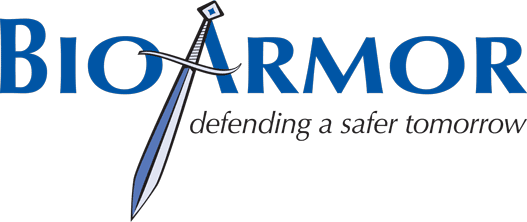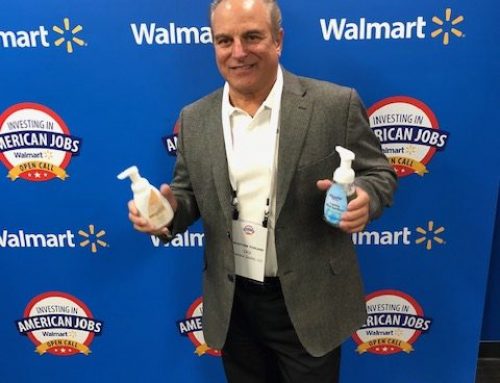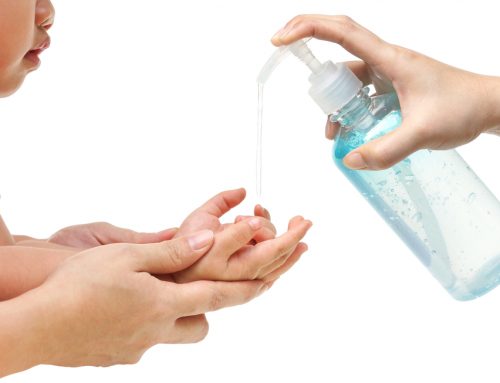When communicating with the public, we normally use words like clean, disinfect and processed mutually. What is frequently neglected is that to infection control specialists, the contrasts are quite large.
Understanding the nuances between all the terms we use can mean the difference between life and death.
In our world nowadays, but namely in healthcare, there are few, if any, tenets as impenetrable to exaggeration as the significance of cleanliness. An office may appear ‘clean’ but not be safe and disinfected. Be that as it may, if the office is safe and disinfected, it is, as well, clean.
Progressing sanitation (safe, clean and disinfected) and infection avoidance can appear to be a costly recommendation, but for hospitals, there’s nothing as exorbitant as ‘bad medicine.’ We’re not talking almost dollars as it were. The costs of pain, suffering and death from healthcare obtained conditions must be considered together with a harmed notoriety within the community.
Gus Iverson composes, “Our ancestors in Mesopotamia were washing wounds with alcohol 4,000 years ago, but the real gravity of sanitation didn’t start to resonate until about 150 years ago, when the work of Louis Pasteur led surgeons towards new concepts like wearing gloves and disinfecting their instruments. Today, the mission is clear: to practice medicine in the cleanest environment possible.” Or, as Hippocrates wittingly stated, “FIRST, DO NO HARM.”
The definition of Clean (as an adjective) by Webster is free from dirt or pollution. And as a verb – to make clean such as to rid of dirt, impurities, or extraneous matter.
In recent times, there has been much dialog and discourse about encompassing the terms “environmental cleaning” and “environmental disinfection”; to numerous epidemiologists and microbiologists the terms appear to be mutually interchangeable. “Clean hands” appear to have one definition whereas “clean environmental surfaces” appear to have distinctive criteria.
Hands can be made clean and safe with consumable water, soap, time, proper rubbing, rinsing with consumable water and intensive drying. But environmental surfaces are rendered “disinfected” by simply wiping the “proper” disinfectant on the solid non-porous surface and permitting the correct contact time (which may take re-wetting the surface six times to accomplish a 10-minute contact time).
I believe the objective of purifying one’s hands and environmental surfaces must be to break the chain of infection from hosts, to individuals or normally contacted surfaces (fomites) and to other individuals. Or, as I’d like to say, returning the commonly touched surface to its “former fit for purpose” condition.
With the end goal to make an ecological surface (particularly, a regularly touched surface) fit for purpose, I trust the expression “processing” ought to be embraced. In the case of tending to the epidemiologist, microbiologist or the front-line Housekeeper, we as a whole comprehend that environmental surfaces must be processed.
Processing Definition of “PROCESSING” –incorporates cleaning and disinfecting an item or region utilizing a clean micro-denier cloth or flat mop, and a fitting and office affirmed, EPA-enlisted disinfectant. We don’t perfect working rooms, we process them. We don’t clean a patient’s room; the Housekeeper processes the room.
This doesn’t involve semantics however an acknowledgment that another, more engaging term must be received, comprehended and imparted to the individual who must convey a safe, clean and disinfected item or area (i.e., the Housekeeper or Cleaning Professional). The Housekeeper’s role must be a piece of a multi-modular approach to deal with infection prevention whether she works in a hospital, ambulatory surgery center, long-term care facility, office building, fitness center or an elementary school.
Cleaning isn’t the equivalent of disinfecting or sanitizing. Cleaning may and ought to happen before disinfecting or sanitizing surfaces. Cleaning is the expulsion of all outside material from items by utilizing water and detergents, soaps, enzymes and the mechanical activity of washing or scrubbing the object.
Disinfection/sterilization cannot be accomplished if soil removal is inadequate.
Witness the ongoing news about “dirty” duodenoscopes causing the passing of 100 patients in the U.S.
If 98% of the micro-soil can be expelled from an environmental surface with a clean micro-denier cloth and clean consumable water, at that point it doesn’t make a difference what disinfectant you pick. In the event that microbial pathogens are gathered from a hard, non-porous surface, held in the micro-denier cloth and NOT discharged until washed, at that point we change the discussion.
We have to quit looking at the wiping material, be it cotton or man-made fiber, as a cleaning cloth. Rather, it is simply a delivery system for the disinfectant. In the event that the wiping material is binding the active ingredients in the disinfectant, does it make a difference regardless of whether the contact time (or abide time) is viewed? If the soil load on a surface is more noteworthy than the 5% commanded by EPA’s disinfectant registering protocols, is the viability of the disinfectant reduced?
Rather, we ought to pick the best, micro-denier wiper accessible to complete a superior job of soil removal. The managing guideline is dependably to expel germs if conceivable as opposed to killing them, and after that, when necessary utilizing minimal amounts of the mildest chemical or disinfectant that will do the job; because stronger chemicals often means more dangerous to humans.
All things considered, basic cleaning of environmental surfaces might be one of our key guards in the future fight against infectious disease. With antibiotic-resistant organisms proliferating on surfaces for up to at least 56 days, the investigation of cleaning and estimating tidiness is becoming extremely essential.


 800-701-6743
800-701-6743 




Leave A Comment